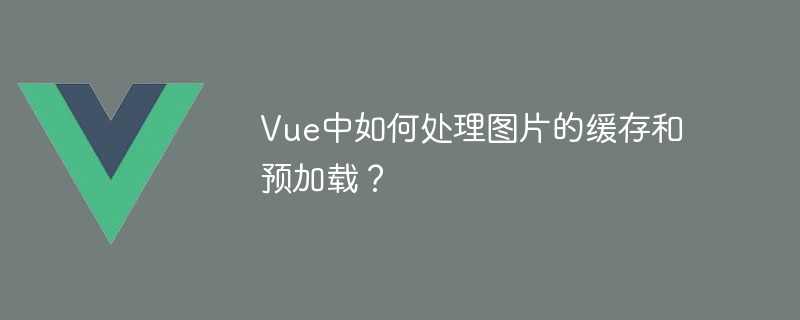所属分类:web前端开发

Vue中如何处理图片的缓存和预加载?
在开发Vue项目时,我们经常需要处理图片的缓存和预加载,以提高网站性能和用户体验。本文将介绍一些Vue中处理图片缓存和预加载的方法,并给出相应的代码示例。
一、图片缓存
图片懒加载是一种延迟加载图片的技术,即在页面滚动到图片所在位置时才加载图片。这可以减少首次加载页面时对图片资源的请求。Vue常用的插件有vue-lazyload和vue-lazy-component。
安装vue-lazyload插件:
npm install vue-lazyload --save
在main.js中引入并使用:
import Vue from 'vue' import VueLazyload from 'vue-lazyload' Vue.use(VueLazyload)
在组件中使用:
<template>
<img v-lazy="imageUrl">
</template>
<script>
export default {
data() {
return {
imageUrl: require('@/assets/image.jpg')
}
}
}
</script>将常用的静态资源(如图片)部署到CDN上,可以将资源缓存在CDN节点上,减少对源站点的请求,提高图片加载速度。
在Vue项目的配置文件中,可以将CDN的URL配置到静态资源的baseUrl上:
// vue.config.js
module.exports = {
publicPath: process.env.NODE_ENV === 'production'
? 'https://cdn.example.com'
: '/'
}二、图片预加载
图片预加载是指在页面加载时提前加载图片资源,以减少用户访问时的加载时间。Vue中可以使用动态导入(Dynamic Import)和Intersection Observer等技术实现图片预加载。
在需要预加载的组件中,使用动态导入加载图片资源:
export default {
data() {
return {
image: null
}
},
beforeMount() {
import('@/assets/image.jpg').then((src) => {
this.image = src.default
})
}
}在模板中使用:
<template> <img v-if="image" :src="image" alt=""> </template>
Intersection Observer是一种监听元素进入或离开视窗的API,可以用来判断图片是否在可视区域内,从而实现图片的预加载。
在组件中使用Intersection Observer监听图片:
<template>
<img ref="image" :src="imageUrl" alt="">
</template>
<script>
export default {
data() {
return {
imageUrl: require('@/assets/image.jpg')
}
},
mounted() {
const observer = new IntersectionObserver((entries) => {
if (entries[0].isIntersecting) {
this.imageUrl = require('@/assets/image.jpg')
observer.disconnect()
}
})
observer.observe(this.$refs.image)
}
}
</script>